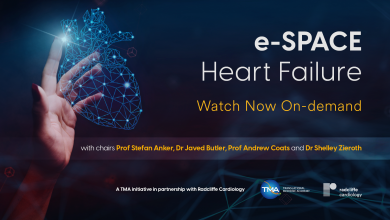
Research areas
Biography
Personal History
Dr. Jouhra is based in London, where he works in the Department of Cardiology of St George’s University Hospital NHS Foundation Trust.
Academic History
Dr. Jouhra began his cardiology training at King’s College Hospital in Oct 2011 as a Locum Appointment Trainee for 1 year. During that year, he developed a specialist interest in heart failure and went on to secure a further 2-year fellowship with a focus on this topic at King's. He obtained a cardiology NTN in the Kent Surrey & Sussex Deanery in 2014 and then went on to train at Princess Royal Haywards Heath Hospital and Eastbourne District General Hospital.
Dr. Jouhra spent his first subspecialty year in Heart Failure and Devices at St George’s Hospital London. His second subspecialty year was at St Thomas’ Hospital where he was independently implanting complex devices including CRTs.2
Career Overview
Dr Fadi Jouhra is a consultant cardiologist and honorary senior lecturer at St George’s University Teaching Hospital in London. He also sees patients at HCA Healthcare Harley Street, London Medical Clinic in Marylebone and Spire St Anthony Hospital. He has a particular expertise and interest in implanting biventricular pacemakers and defibrillators (ICD) that deliver cardiac resynchronisation therapy (CRT) for patients with heart failure.1
Sources
Media
John JV McMurray, Yuhui Zhang, Giuseppe Rosano, et al
Articles by Fadi Jouhra
David K Ryan, Debasish Banerjee, Fadi Jouhra, et al
Published:
Citation: European Cardiology Review 2022;17:e17.
Rahul K Mukherjee, Manav Sohal, Nesan Shanmugam, et al
Published:
Citation: Arrhythmia & Electrophysiology Review 2021;10(4):235–40.







